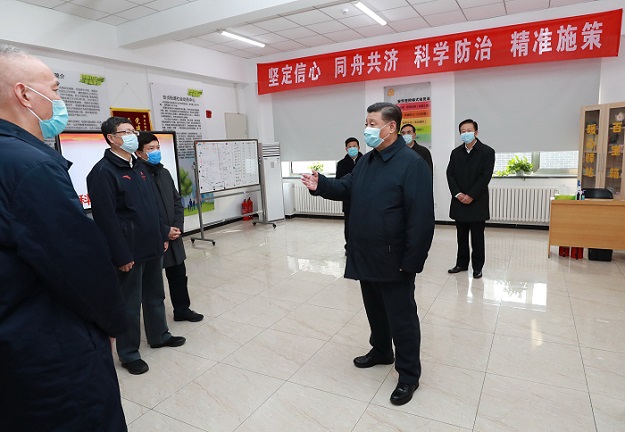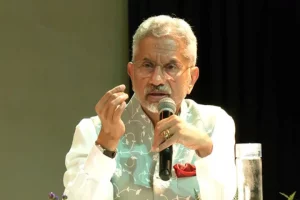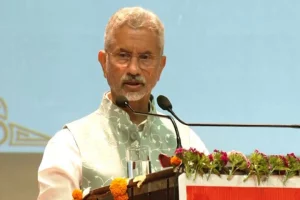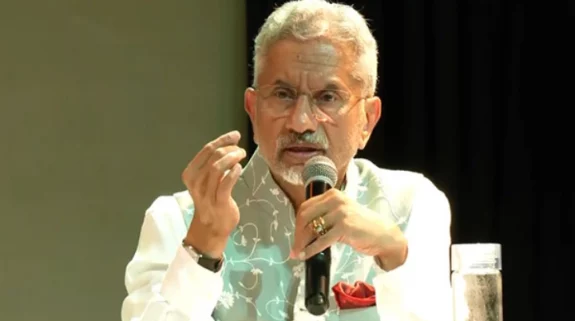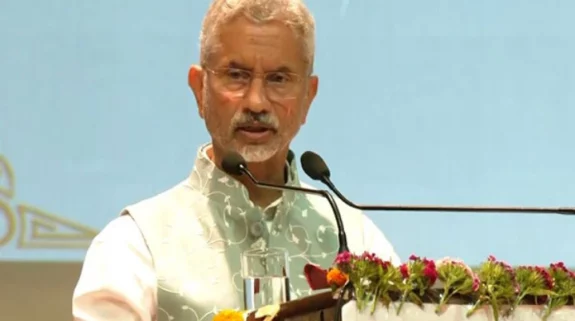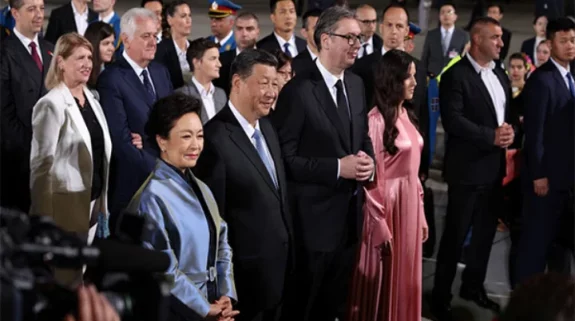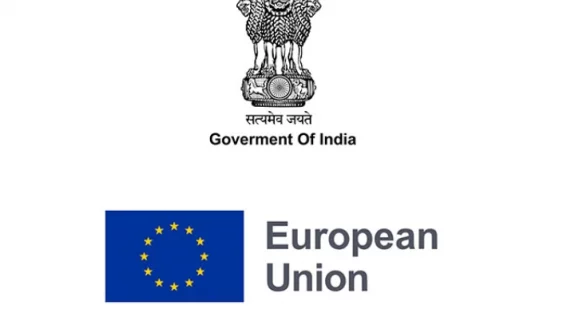The theory that Covid-19 virus escaped from a virology lab in Wuhan, China, has gathered more steam, following the publication of an in-depth article in the authoritative journal, Bulletin of Atomic Scientists.
The article written by Nicholas Wade, makes five points to strengthen the argument that the Coronavirus that killed three million people and counting, is likely to have escaped from the Wuhan Institute of Virology (WIV), rather than emerge as a natural occurrence.
Wade does not hold a smoking gun that would prove Chinese culpability. But he does show a path that investigators should pursue to identify the real origins of the Covid-19 pandemic. In the article Wade calls the SARS-CoV-2 virus that caused the Covid-19 pandemic as SARS2.
First, Wade argues that the WIV was engaged in what are called gain-of-function experiments. In simple language, it means that the facility was conducting experiments to enhance the ability of dangerous animal viruses to infect people.
Wade identifies Shi Zheng-li as a nodal researcher at WIV, who was engaged in gain-of-function experiments. The author points out that Shi had earlier collaborated with coronavirus researcher Ralph S. Baric. In November 2015 the duo created a novel virus by taking the backbone of the SARS1 virus and replacing its spike protein with one from a bat virus (known as SHC014-CoV).
Shi is well-known in her circles as “Bat lady,” because of her frequent visits to the bat-infested caves of Yunnan in southern China. From there she collected around a hundred different bat coronaviruses. Though it cannot be authoritatively proved that Shi did or did not generate SARS2 in her lab because her records have been sealed, she certainly was on the right track to have done so, the article said.
"It is clear that the Wuhan Institute of Virology was systematically constructing novel chimeric coronaviruses and was assessing their ability to infect human cells and human-ACE2-expressing mice," the article said quoting Richard H Ebright, a molecular biologist at Rutgers University and leading expert on biosafety.
Second, the safety standards of WIV were simply not fool-proof to prevent an accidental leakage of a lab developed Coronavirus. Wade spotlights that gain-of-function experiments were being carried out in BSL-2 level labs, where safety conditions were far too lax to contain a virus of unexpected infectiousness like SARS2.
"For the lab escape scenario, a Wuhan origin for the virus is a no-brainer. Wuhan is home to China's leading centre of coronavirus research where researchers were genetically engineering bat coronaviruses to attack human cells. They were doing so under the minimal safety conditions of a BSL2 lab. If a virus with the unexpected infectiousness of SARS2 had been generated there, its escape would be no surprise," Wade said.
Third, Chinese lack of transparency during the conduct of investigations to determine the origin of the pandemic at Wuhan has further strengthened the lab escape proposition.
"The records of the Wuhan Institute of Virology certainly hold much relevant information. But Chinese authorities seem unlikely to release them given the substantial chance that they incriminate the regime in the creation of the pandemic. Absent the efforts of some courageous Chinese whistle-blower, we may already have at hand just about all of the relevant information we are likely to get for a while," argued Wade.
He said China's central authorities did not generate SARS2, but they sure did their utmost to conceal the nature of the tragedy and China's responsibility for it.
"They suppressed all records at the Wuhan Institute of Virology and closed down its virus databases. They released a trickle of information, much of which may have been outright false or designed to misdirect and mislead. They did their best to manipulate the WHO's inquiry into the virus's origins, and led the commission's members on a fruitless run-around. So far they have proved far more interested in deflecting blame than in taking the steps necessary to prevent a second pandemic."
Fourth, the Chinese authorities went out of their way to sell the theory that the SARS-2 virus evolved naturally. Why did they have to mount such an extraordinary effort? Wade points out that from the beginning, public and media perceptions were shaped in favour of the natural emergence scenario by strong statements from two scientific groups. "These statements were not at first examined as critically as they should have been," he said.
Fifth, the Chinese attempted to manipulate the composition of the WHO investigators, who visited them in February, and controlled the team’s information access. "The commission's composition and access were heavily controlled by the Chinese authorities", he said, adding that its members, including Peter Daszak, president of the EcoHealth Alliance of New York, kept asserting that lab escape was extremely unlikely.
"But this was not quite the propaganda victory the Chinese authorities may have been hoping for. What became clear was that the Chinese had no evidence to offer the commission in support of the natural emergence theory."
Referring to SARS1 and MERS viruses, which belong to a viral family known as beta-coronaviruses like SARS 2, Wade said they left copious traces in the environment.
"The intermediary host species of SARS1 was identified within four months of the epidemic's outbreak, and the host of MERS within nine months. Yet some 15 months after the SARS2 pandemic began, and after a presumably intensive search, Chinese researchers had failed to find either the original bat population, or the intermediate species to which SARS2 might have jumped, or any serological evidence that any Chinese population, including that of Wuhan, had ever been exposed to the virus prior to December 2019. Natural emergence remained a conjecture which, however plausible to begin with, had gained not a shred of supporting evidence in over a year," he said.
"And as long as that remains the case, it's logical to pay serious attention to the alternative conjecture, that SARS2 escaped from a lab," he added.
In the end Wade acknowledges that there is no direct evidence that SARS-2 was lab manipulated or emerged naturally. “So, no definitive conclusion can be reached. That said, the available evidence leans more strongly in one direction than the other. Readers will form their own opinion. But it seems to me that proponents of lab escape can explain all the available facts about SARS2 considerably more easily than can those who favour natural emergence," the author observed.
ALSO READ:
Covid-19 is a Chinese Bioweapon—why the suspicion is not going away






